Instructions to the Superintendent
Written as a guide for the Superintendent of Convicts and his staff at Hyde Park Barracks, this 1825 booklet was effectively the rule book, and outlined procedures for the daily administration of the institution. It emphasised ‘good order and regularity’, ‘prompt obedience’ and ‘ready compliance’ of the convicts. But personal accounts by visitors, superintendents and convicts now give us the impression that the instructions were not always rigidly followed.
Related
Browse all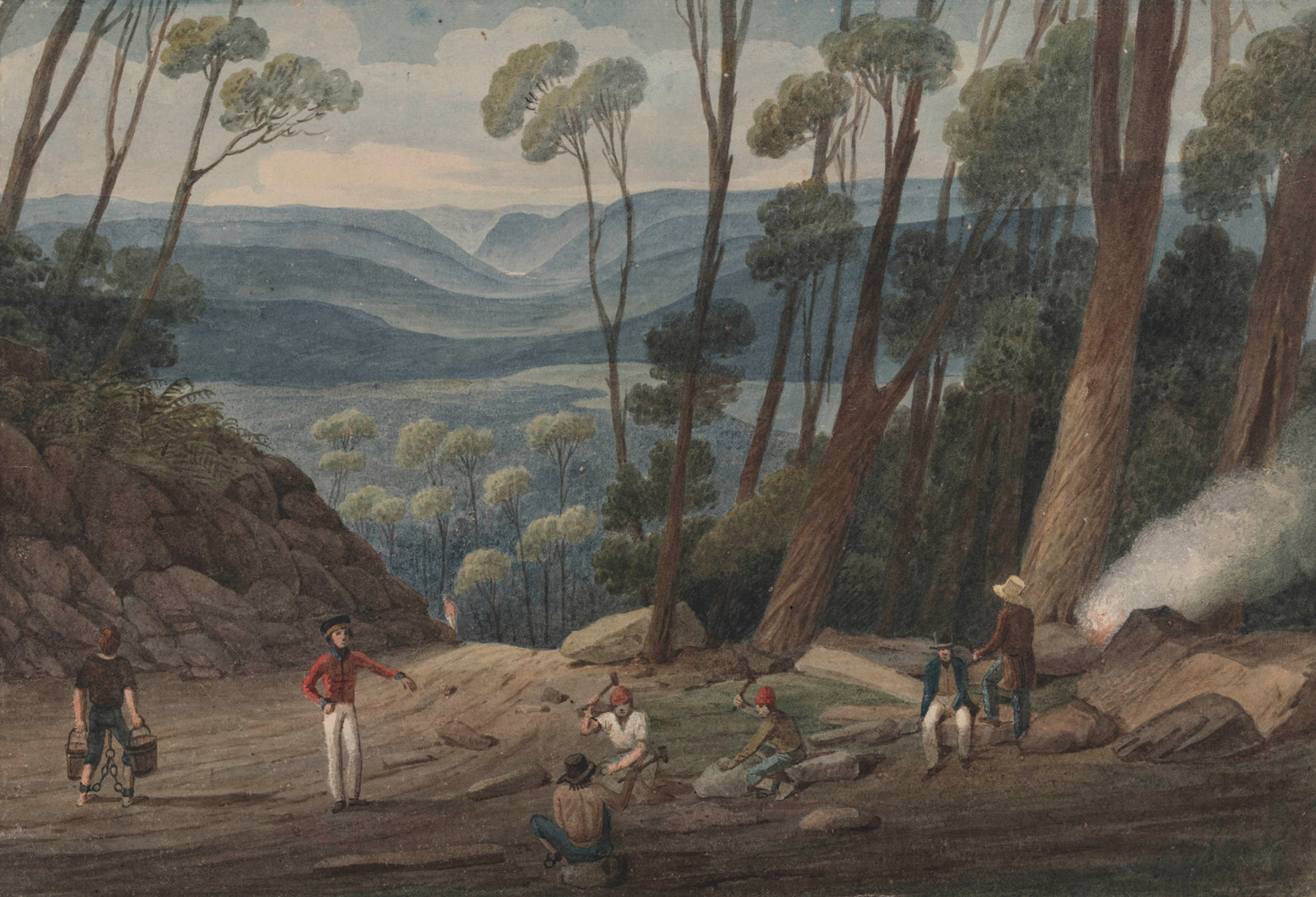
Convict Sydney
Back to business
From 1822, with the British government keen to cut costs and encourage pastoral expansion, part three sees the removal of convicts from town
Published on
Convict Sydndey
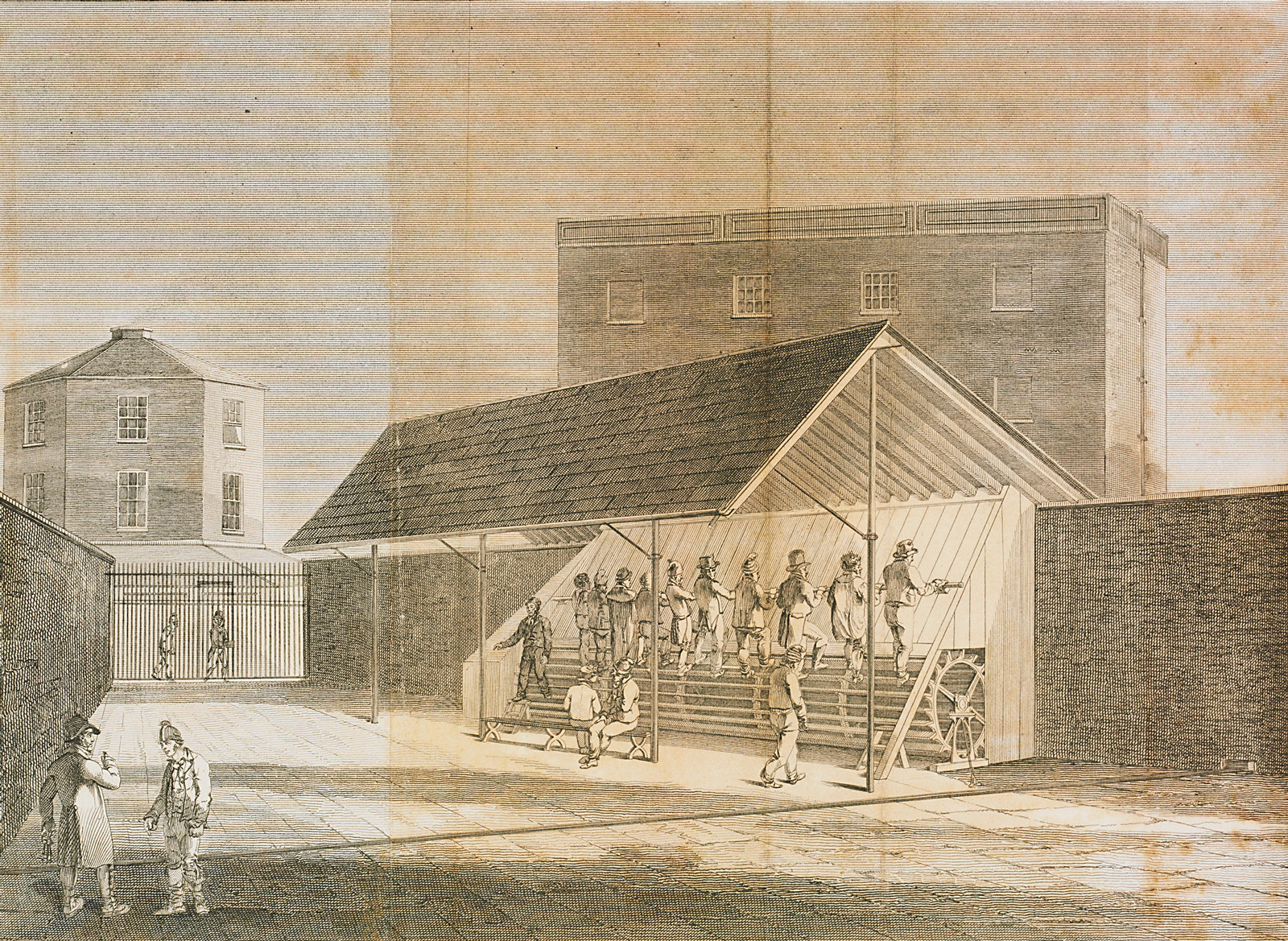
Convict Sydney
Convict punishment: the treadmill
As a punishment, convicts were made to step continuously on treadmills to power wheels that ground grain
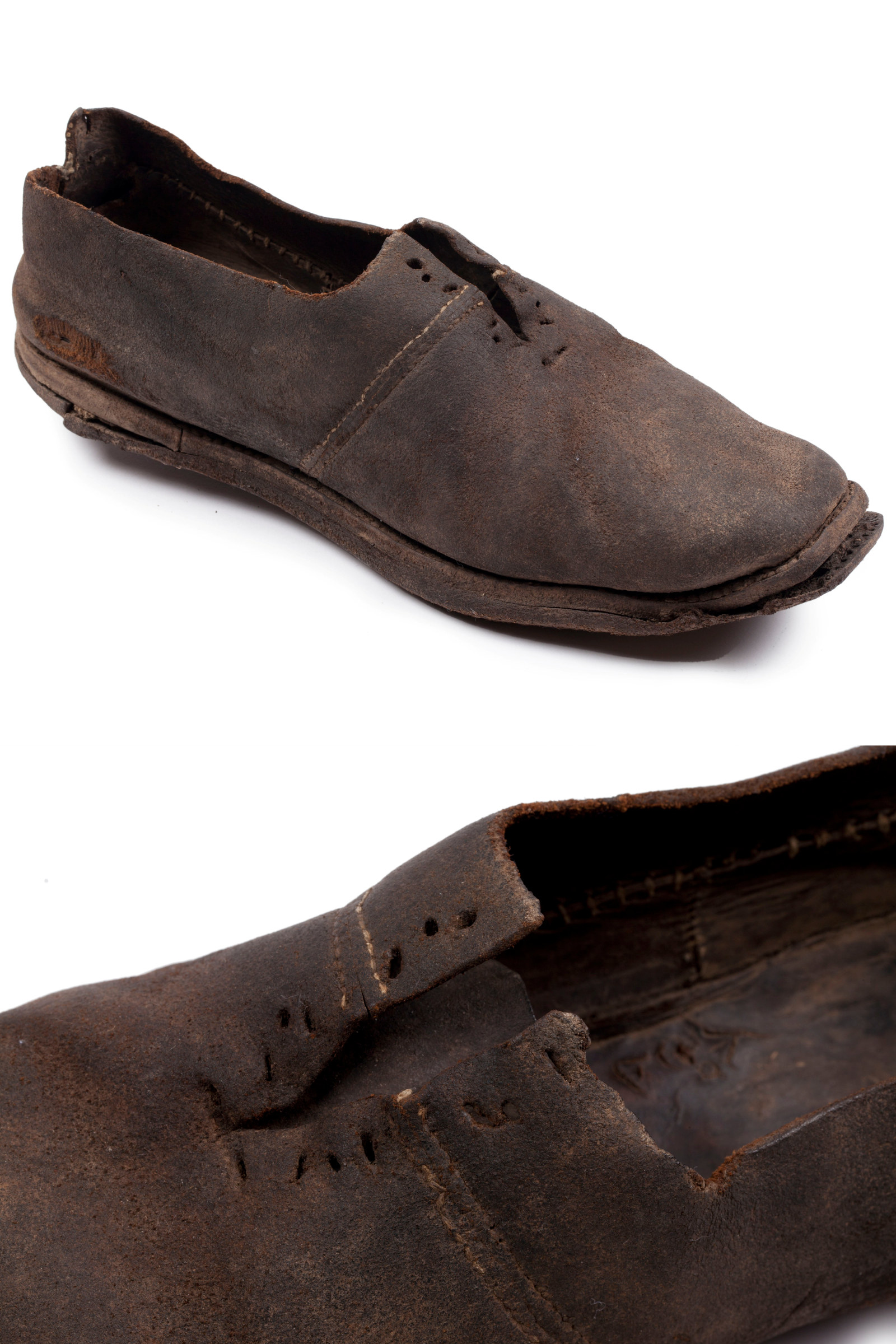
Convict Sydney
Convict shoe
Shoes were known as crab shells or hopper dockers in the convict ‘flash’ slang language; two or three pairs were issued to each convict annually
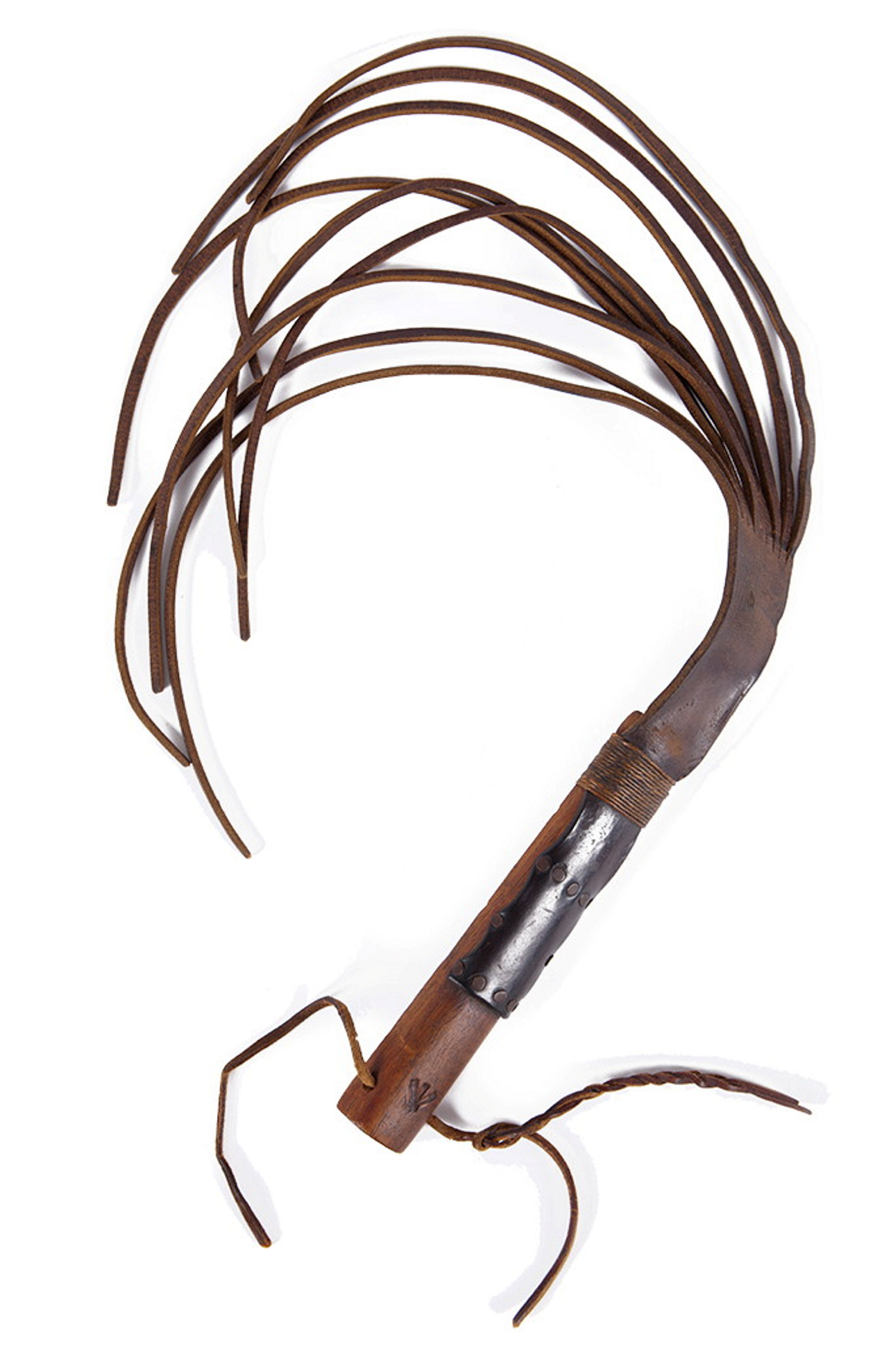
Convict Sydney
Cat-o’-nine-tails
One of the most common forms of convict punishment was flogging (whipping) with a ‘cat-o’-nine-tails’
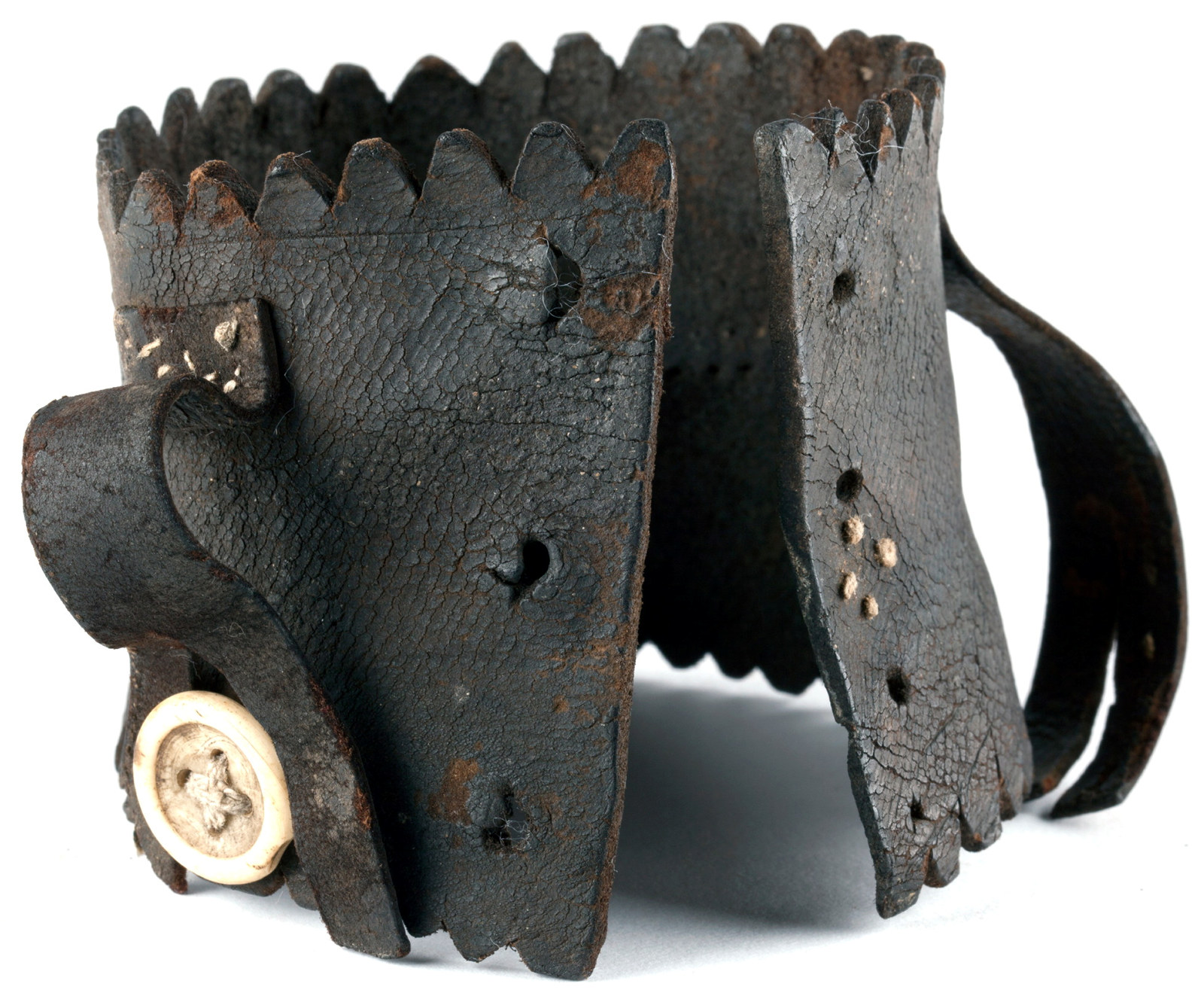
Convict Sydney
Leg iron guard
A stunning example of an improvised handicraft, this leather ankle guard or ‘gaiter’ was made to protect a convict’s ankle from leg irons
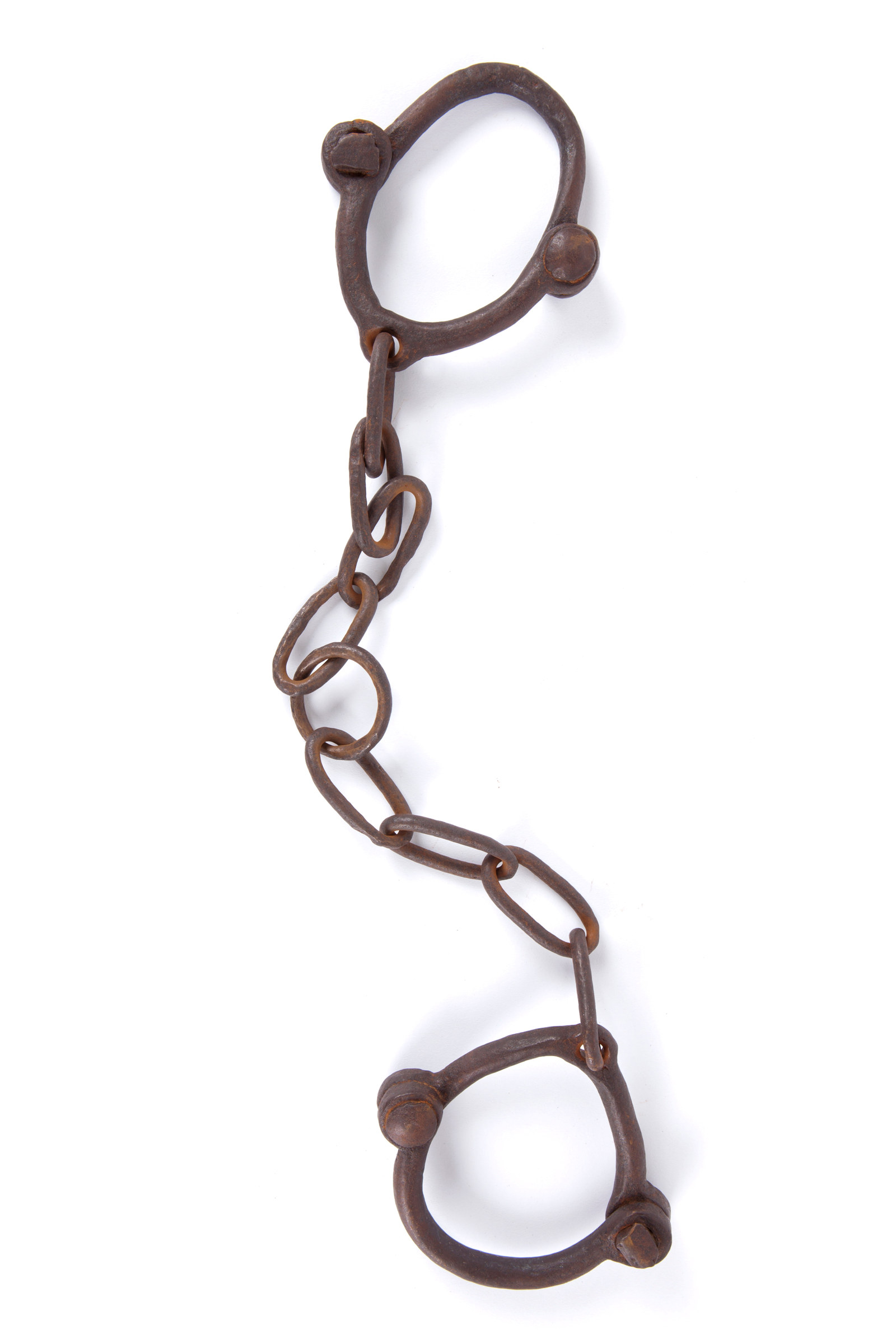
Convict Sydney
Leg irons, ovalled
Leg irons chafed the ankles, made loud clinking noises with every movement, and made working difficult and tiring

Convict Sydney
Peter Killeen
A farmer’s boy from Westmeath, Ireland, Peter Killeen (also Killern and Killyan) grew up in extreme poverty and found a way of making a living through theft

Convict Sydney
John Connor
It was a dramatic turn of events that saw 28-year-old Irishman John Connor, once condemned to death, rise to the role of Superintendent of the Prisoners’ Barracks at Hyde Park in 1821

Convict Sydney
Thomas Brisbane
Brisbane came to the colony with a clear mandate to get tough on convicts and support large scale farming

Convict Sydney
William Redfern
During the era of convict transportation, as many as one in ten convicts died on board. That’s why Governor Macquarie enlisted the help of colonial surgeon William Redfern

Convict Sydney
Thomas Atkins
When Thomas and his brother William arrived in Sydney, the colonial government was sending as many new convict arrivals as possible out of town and the brothers were separated